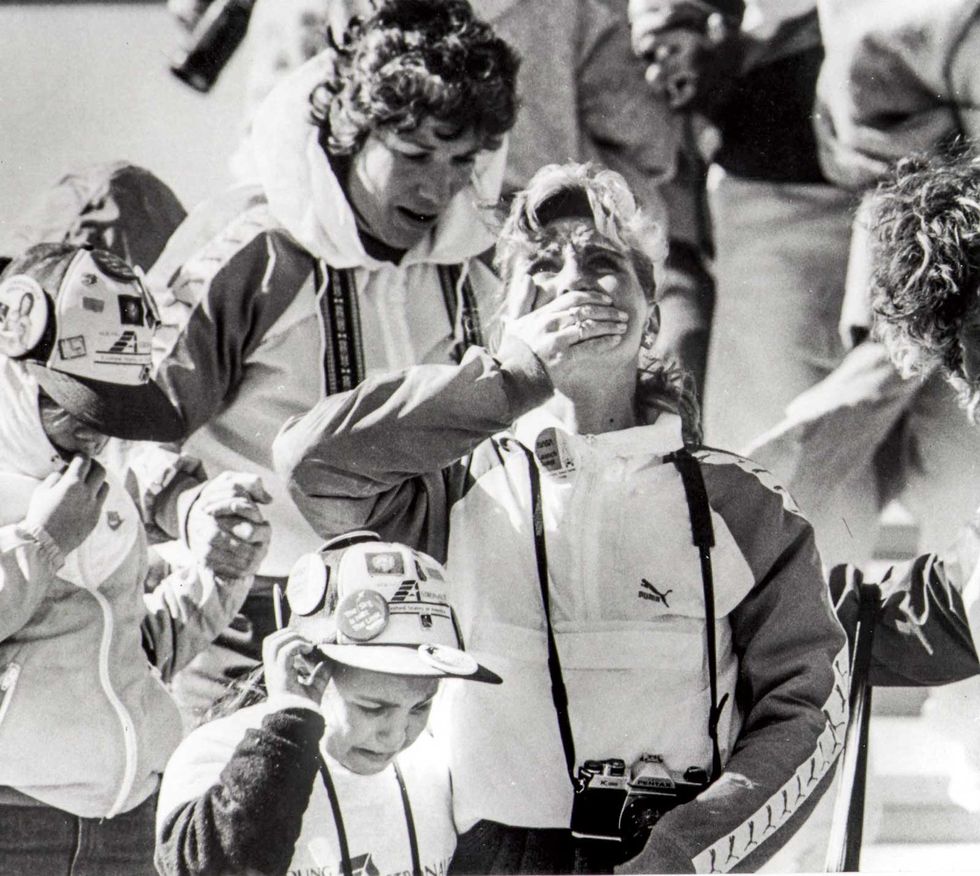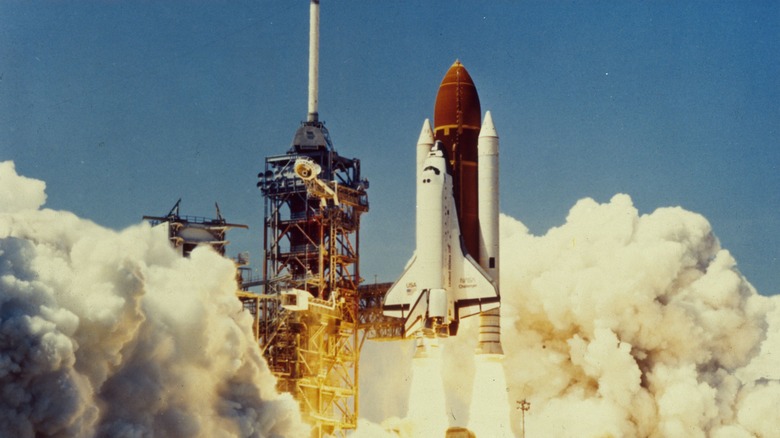January 28, 1986 — a date burned into humanity’s memory. Millions watched in awe as the Space Shuttle Challenger rose into the cold Florida sky… and just 73 seconds later, horror unfolded before their eyes. The shuttle exploded midair, claiming the lives of seven astronauts — including Christa McAuliffe, the first teacher ever chosen to go to space.
But what the world saw on TV that morning was only the surface of the tragedy. Behind the explosion was a web of ignored warnings, internal cover-ups, and a chilling truth that would shake NASA to its core.
💥 The Launch That Should Never Have Happened
The night before liftoff, engineers at Morton Thiokol — the company behind the shuttle’s solid rocket boosters — begged NASA to delay the launch.
Why? Because the O-rings, a tiny but critical seal inside the boosters, became brittle in freezing temperatures. The forecast for launch day was the coldest in shuttle history — well below safe limits.
One engineer famously said, “If we launch tomorrow, we’re asking for disaster.”
But management, under immense pressure to stay on schedule, overruled the warnings. They had already postponed the mission multiple times, and public expectations were sky-high. NASA wanted a success story — not another delay.
So they launched anyway.
 🔥 The Moment Everything Went Wrong
🔥 The Moment Everything Went Wrong
At 11:38 a.m., Challenger soared into the blue. But the cold had already done its damage. The O-rings on the right booster failed to seal properly, allowing superheated gas to escape — a small flame at first, invisible to the cameras.
Within seconds, that flame grew into a catastrophic fire jet that tore through the external fuel tank. At Mach 1.92, the shuttle was engulfed in a violent explosion that scattered debris across the Atlantic Ocean.
The world gasped.
Families wept.
And schoolchildren who had tuned in to watch their teacher touch the stars were left watching their dreams disintegrate in the sky.
 💔 The Terrifying Truth About the Crew
💔 The Terrifying Truth About the Crew
For years, most believed the astronauts died instantly.
But later investigations revealed a gut-wrenching possibility — the crew cabin remained intact after the explosion. Switches inside showed that some crew members were conscious and struggling to regain control as the capsule plummeted 65,000 feet before crashing into the ocean.
In those final moments, they were alive — and fighting.
 ⚖️ The Fallout: NASA’s Darkest Hour
⚖️ The Fallout: NASA’s Darkest Hour
President Ronald Reagan formed the Rogers Commission to uncover what went wrong. What they found wasn’t just technical failure — it was a culture of arrogance and denial.
NASA had fallen victim to what investigators called the “normalization of deviance” — a mindset where repeated minor problems were treated as normal rather than red flags. In other words, they got used to being lucky.
That false sense of safety cost seven lives.
The Commission’s report was damning: management ignored engineers, silenced dissent, and prioritized deadlines over human lives. The shuttle program was grounded for 32 months as NASA rebuilt its safety systems from the ground up.
 🕯️ The Legacy That Still Echoes Today
🕯️ The Legacy That Still Echoes Today
The Challenger disaster forever changed spaceflight — not just for NASA, but for humanity.
The seven brave souls who perished — Christa McAuliffe, Francis Scobee, Michael Smith, Judith Resnik, Ellison Onizuka, Ronald McNair, and Gregory Jarvis — became symbols of courage, sacrifice, and the high cost of ambition.
Their deaths were not in vain. Every launch since has carried their memory — and their warning.
But as technology races forward and new space companies chase deadlines, the lesson of Challenger still echoes:
👉 When safety becomes secondary to success, tragedy is never far behind.
🔥 37 years later, the truth is clear:
The Challenger didn’t fail because of bad luck — it failed because people stopped listening.
Would you have had the courage to say “stop the launch”?
👉 Read the declassified documents and chilling quotes from NASA’s internal meetings — linked in the comments.





